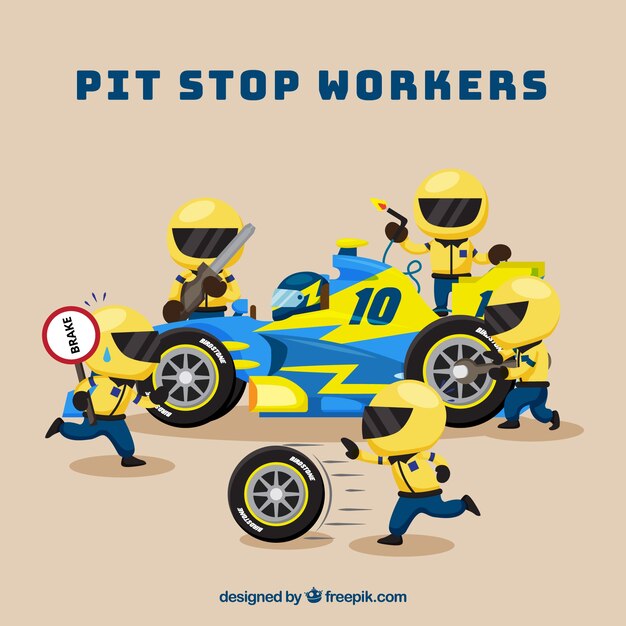A Provocative Open Letter to Ross Brawn: Reflections on Formula One Regulations

Martin Wilson is calling for a change in the rules governing the design of Formula One cars.
The Formula One authorities understand that the current regulations could use some updating to make the sport more exciting and to keep costs under control. To address this, the FIA has brought in Ross Brawn to lead a review of these rules.
The 2014 hybrid engine regulations were introduced to make F1 more appealing to major road car manufacturers. While these regulations did result in more powerful cars, they also introduced complexity and high costs, making the cars less thrilling to watch. In an attempt to make the sport more exciting, the 2017 regulations increased aerodynamic downforce and mechanical grip by enlarging the front wing and using wider tires. However, speed alone doesn’t make F1 exciting. Close racing and cars that look like they’re on the edge of losing grip are just as important.
However, the regulations still miss the mark. Formula One is meant to be the top tier of motor racing. Enthusiasts believe the cars shouldn’t just be fast; the racing should be close and the cars should be innovative. Over the years, the rules have become very restrictive, making all the cars look almost identical with only minor differences. This means engineers can only make small improvements, which are costly for the limited benefits they bring. Allowing engineers more freedom to innovate might lead to significant improvements more quickly and at less cost.
While the new regulations aimed to make F1 more relevant to road cars, this is only partially true. Hybrid engines might have some relevance, but aerodynamics do not. Ross Brawn has suggested in interviews that F1 cars should be more exciting, like the fantasy cars in video games. However, F1 aerodynamics need to work in the real world, and wings are not suitable for road cars due to safety laws that protect pedestrians.
One recommendation is to eliminate all wings from F1 cars and ensure all aerodynamic downforce comes from the bodywork, floor, or diffuser. An oversized front wing may help a car corner faster in clear air, but it also prevents even faster cars from closing in on and overtaking slower cars. Lewis Hamilton and other drivers pointed this out during the 2017 season when they struggled to overtake slower cars while working their way through the field.
These proposed changes may reduce grip, leading to slower corners but faster straight-line speeds due to reduced drag. Less reliance on aerodynamic grip would allow cars to race closer together, emphasizing driver skill through late braking. This would increase overtaking in braking zones or through corners without relying on the artificial DRS drag reduction system.
The 2017 Pirelli tires can handle harder driving with less heat management, which supports this approach. Less aero could also mean increased tire wear, changing race strategies and leading to more pit stops.
The size of the cars can be controlled by ensuring they fit within a specified box, except for the roll bar. As long as this is adhered to, the bodywork should remain free-form apart from existing crash structures, minimum cockpit size, and maintaining the open-wheel nature of F1. The current ride height rules, controlled by the technical regulations, would still apply.